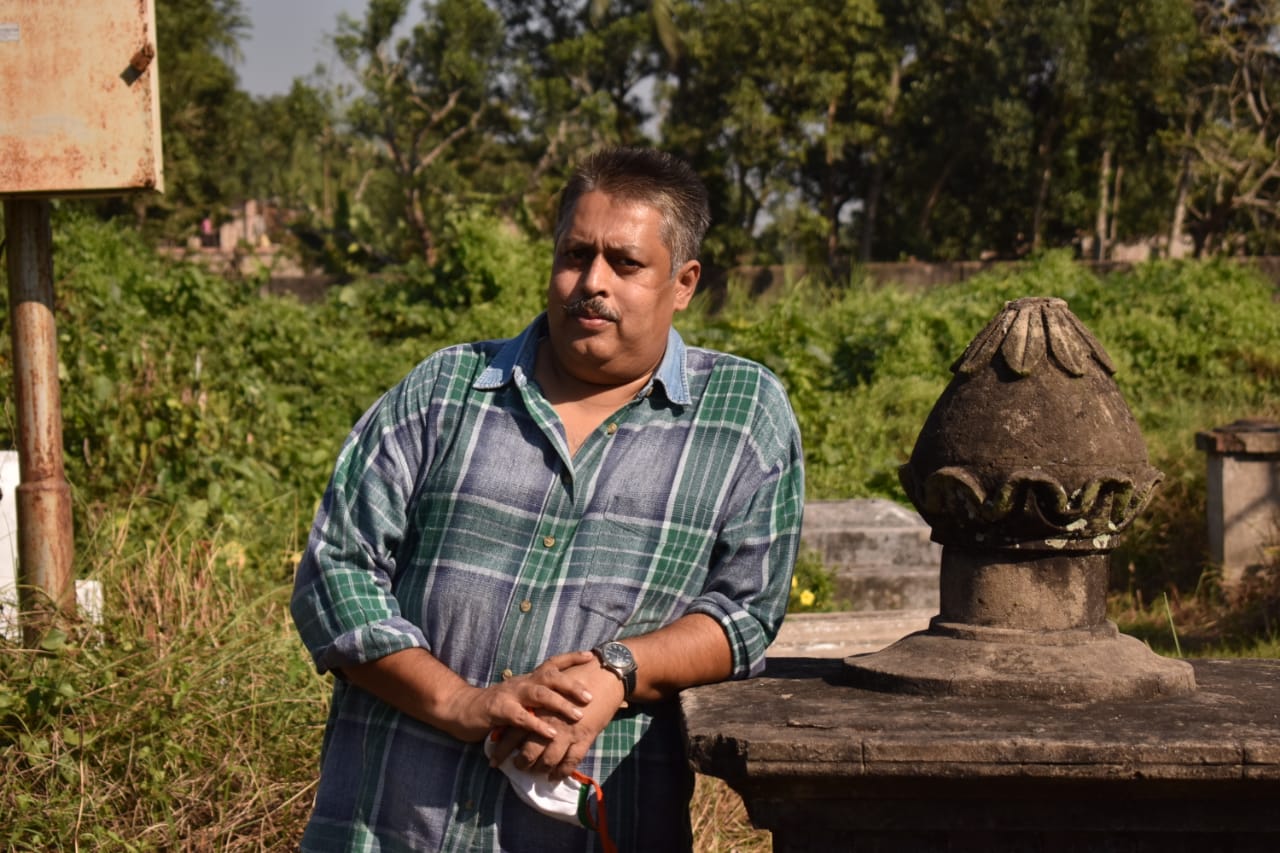PM Modi witnesses first step towards operationalisation of long awaited Fast Breeder Reactor
The Prime Minister took a tour of the reactor vault and the control room of the reactor, besides being given a briefing about the salient features of the first prototype of such reactors.
